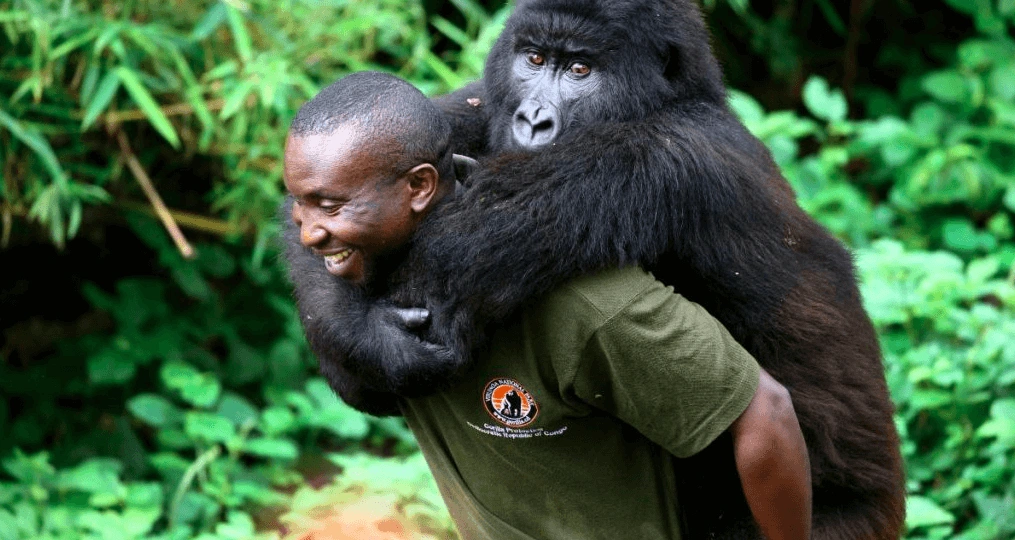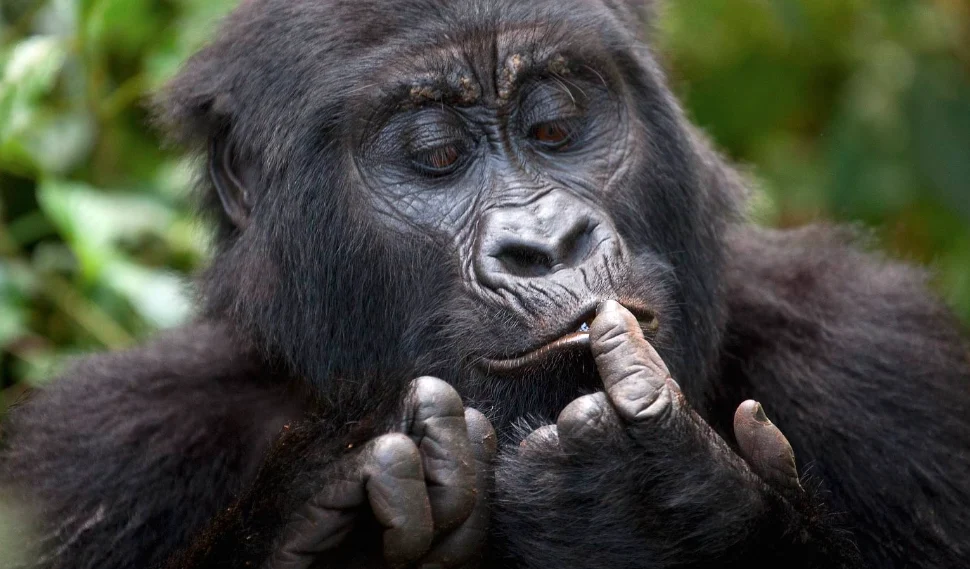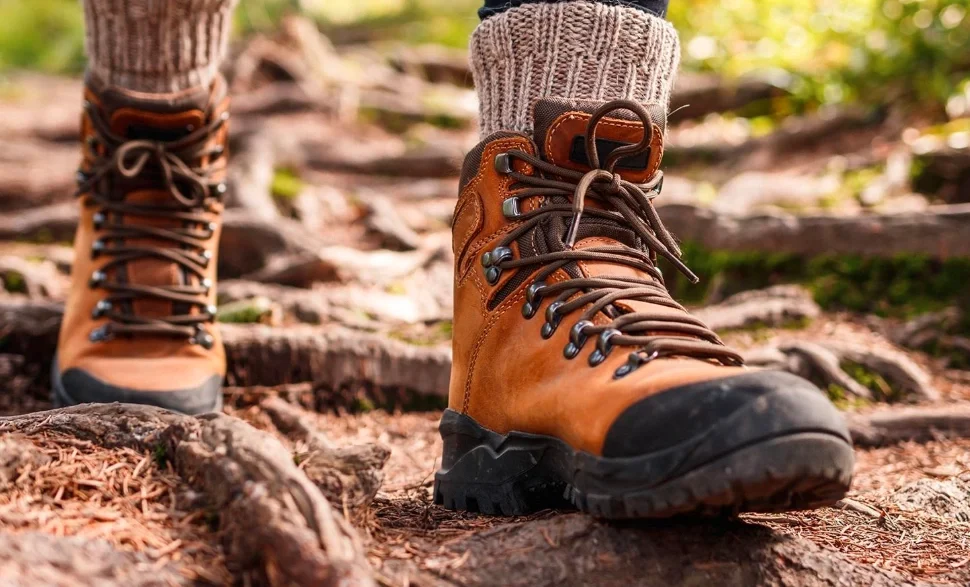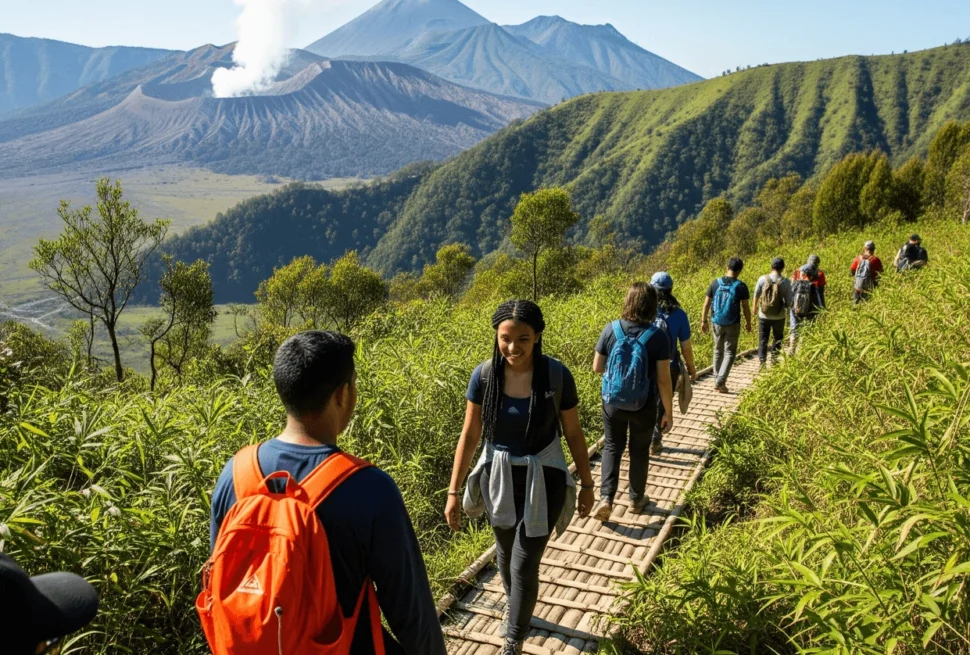You only get a handful of hours in a lifetime to stand near wild mountain gorillas. For most people, it’s a tight sixty minutes on a standard trek. For others, it’s a longer, slower immersion during a gorilla habituation experience.
But here’s what often gets missed: this choice isn’t just about time. It’s about patience, mindset, physical demands, and the kind of story you’ll carry home. The two experiences are not interchangeable.
The tourism industry loves to present them as options on a menu. But what’s really at stake when you choose? What’s rarely talked about is how these experiences shape the gorillas, the trackers, and you.
Let’s pull apart the differences, the trade-offs, and the assumptions.
Key Takeaways
- Gorilla trekking offers one hour with a fully habituated gorilla family.
- Gorilla habituation gives four hours but involves wilder gorillas and more unpredictable encounters.
- Habituation treks are more physically demanding and less guaranteed in terms of sightings.
- The ethical weight of habituation is often overlooked—more human contact can impact gorilla behavior.
- Your choice should balance personal interest, fitness level, budget, and conservation awareness.
What Standard Gorilla Trekking Really Involves
Standard gorilla trekking in Uganda is the most popular experience. You join a small group, usually capped at eight people, and track a gorilla family that’s already familiar with human presence.
The trackers know these families well. Rangers follow their movements daily. By the time you step into the forest, the gorillas have been located, the distance roughly estimated, and the likelihood of finding them that day is high.
When you reach the family, your one-hour clock starts ticking. It’s strict, controlled, and surprisingly quiet. In many ways, that’s the power of it—a sharp, concentrated window into another world.
Why Standard Trekking Appeals
- It’s highly reliable.
- The gorillas are calm around humans.
- It requires less physical stamina compared to habituation.
- The experience feels polished but not superficial.
For most travelers, this is the right fit. Especially if you’ve factored in the gorilla trekking fitness and age requirements and know you prefer something achievable but deeply moving.
But if you want to lean into the rawer edges of gorilla tourism, habituation tempts with a different rhythm.
What Gorilla Habituation Entails
Gorilla habituation is not an upgrade. It’s a different experience entirely.
Here, you spend up to four hours with a group that’s in the process of getting used to humans. These gorillas are less predictable. They may keep their distance. They may bluff charge. Sometimes, they vanish into the undergrowth, forcing you to track and wait.
The pacing is slower. The forest feels denser. The outcome is less guaranteed.
There’s beauty in the uncertainty. You see the process of trust-building. You feel closer to the reality of wild primates—unfiltered, incomplete, and sometimes uncomfortable.
The Hidden Challenges
- Habituation treks are longer, sometimes stretching past six hours.
- The gorillas may react to you as a stranger, not as a neutral presence.
- Photography can be harder. These are not the calm, camera-ready groups of standard treks.
- You need patience. Long periods may pass without clear sightings.
Some travelers mistake habituation for a VIP shortcut. It’s not. You’re stepping into an unfinished relationship between humans and gorillas. That’s part of the ethical weight.
The Ethical Angle No One Talks About
Habituation is essential for research and tourism, but it isn’t a neutral act. Every day spent with humans nudges gorillas further into accepting us—a process that can alter their behavior in ways conservationists still debate.
Some studies suggest habituated gorillas become more vulnerable to poaching and disease transmission. Others argue that habituation is the best protection because it creates economic value around keeping gorillas alive.
The point is, this isn’t a zero-impact experience.
If you’re interested in responsible travel, it’s worth wrestling with these questions. The gorilla trekking rules exist to protect gorillas from us, but the deeper conversation is about how much of us they should ever accept.
How to Choose Between Gorilla Trekking and Habituation
Consider Your Fitness and Stamina
Habituation requires longer hours in the forest, often on steeper or less-worn trails.
Think About What Kind of Encounter You Want
Do you prefer a high-quality hour with more predictable, calm interactions? Or a slower, wilder experience where the gorillas may keep their distance?
Check Your Budget
Habituation permits are more expensive than standard trekking. If you’re balancing costs, you might consider how to make your Ugandan safari more affordable.
Weigh the Ethical Questions
Habituation involves more human contact over time. Some travelers feel more comfortable minimizing their impact by choosing the shorter, more controlled trek.
The Logistics of Permits and Parks
- Where: Gorilla habituation is currently offered in Uganda’s Bwindi Impenetrable National Park, primarily in the Rushaga sector.
- When: Permits are limited, and how far in advance you should book your safari becomes critical here. You can’t assume last-minute slots.
- Permits: Standard trekking permits differ in price from habituation permits. Both are non-refundable if you miss your date. (See what happens if you miss your gorilla trekking safari).
If you’re weighing your options and want to craft the right gorilla experience for you, we can help you get the timing and details right. Request a quote and let’s build your trek carefully, with the buffers that matter.
Frequently Asked Questions
Is gorilla habituation better than standard trekking?
It’s not a question of better—it’s about what kind of experience you want. Habituation is longer and wilder but less predictable.
Do I get closer to the gorillas during habituation?
Not necessarily. In fact, gorillas in habituation often keep their distance. Standard trekking typically allows closer, calmer viewing.
Can I do both in one trip?
Yes, but you’ll need to secure separate permits and allocate extra days in your itinerary.
Is habituation more physically demanding?
Yes. Habituation treks can involve longer distances and less defined trails. Good fitness is essential.
Are habituation permits harder to get?
There are fewer habituation permits available per day, so they can sell out faster. Booking early is key.





